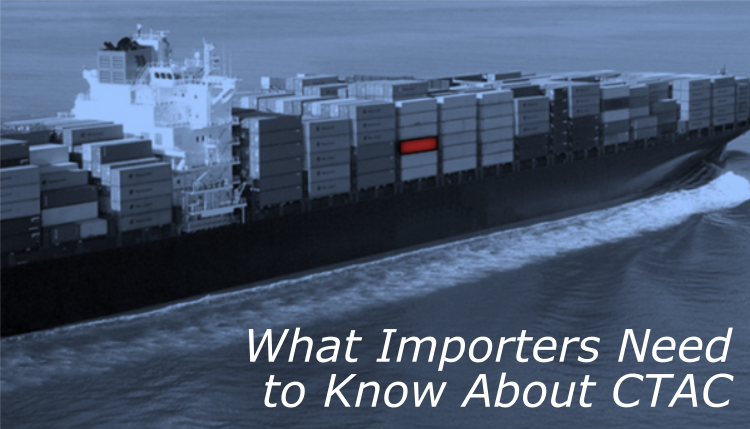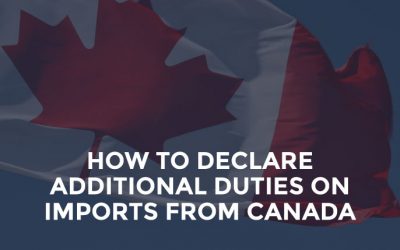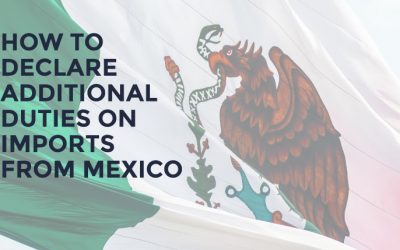The Commercial Targeting and Analysis Center (CTAC) is a facility within Customs that aims to keep dangerous imports out of America. Learn more about this organization to help increase your Customs compliance by reading the content below.
As a facility of Customs, CTAC’s mission is to efficiently address safety issues regarding U.S. imports. This is achieved by combining Customs’ manpower with other Government agencies to fight against unsafe importing by improving communication and reducing unnecessary inspections.
Mission Statement
As stated by Department of Homeland Security Secretary, Janet Napolitano, “The mission of the CTAC is to provide a vehicle to facilitate the sharing of information and leverage the collective resources of the participating government agencies for the prevention, preemption, deterrence, and investigation for violation of importation laws that affect United States interest in the import safety environment.”
How CTAC works
Established by the Department of Homeland Security in 2010, CTAC was created to facilitate joint cooperation between government agencies in regards to monitoring American imports. Any imported goods must be evaluated by federal agencies with the authority to monitor these commodities. These agencies then share pertinent information regarding the safety qualities of imported goods at the respective port of entry. Since its creation, CTAC has intercepted 6 million unsafe products that entered the U.S. illegally.
Listed below are the partner agencies of CTAC:
- Animal Plant Health Inspection Service (APHIS)
- Consumer Product Safety Commission (CPSC)
- Environmental Protection Agency (EPA)
- Fish and Wildlife Service (FWS)
- Food and Drug Administration (FDA)
- Food Safety and Inspection Service (FSIS)
- Immigration and Customs Enforcement (ICE)
- National Highway Traffic Safety Administration (NHTSA)
- National Marine Fisheries Services (NMFS)
- Pipeline and Hazardous Materials Safety Administration (PHMSA)
After reading this, you know more about the functionality of this Customs facility. Use this knowledge to improve your own supply chain management and stay compliant with Customs.





![[Webinar] How Could Changes to De Minimis Impact Your Company?](https://traderiskguaranty.com/trgpeak/wp-content/uploads/2025/05/trg-how-de-minimis-impacts-customs-bond-webinar-400x250.png)

